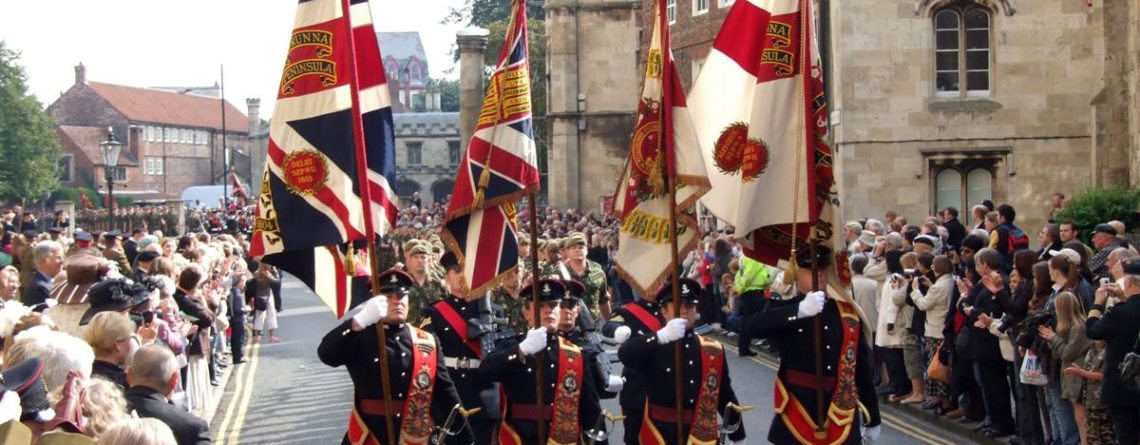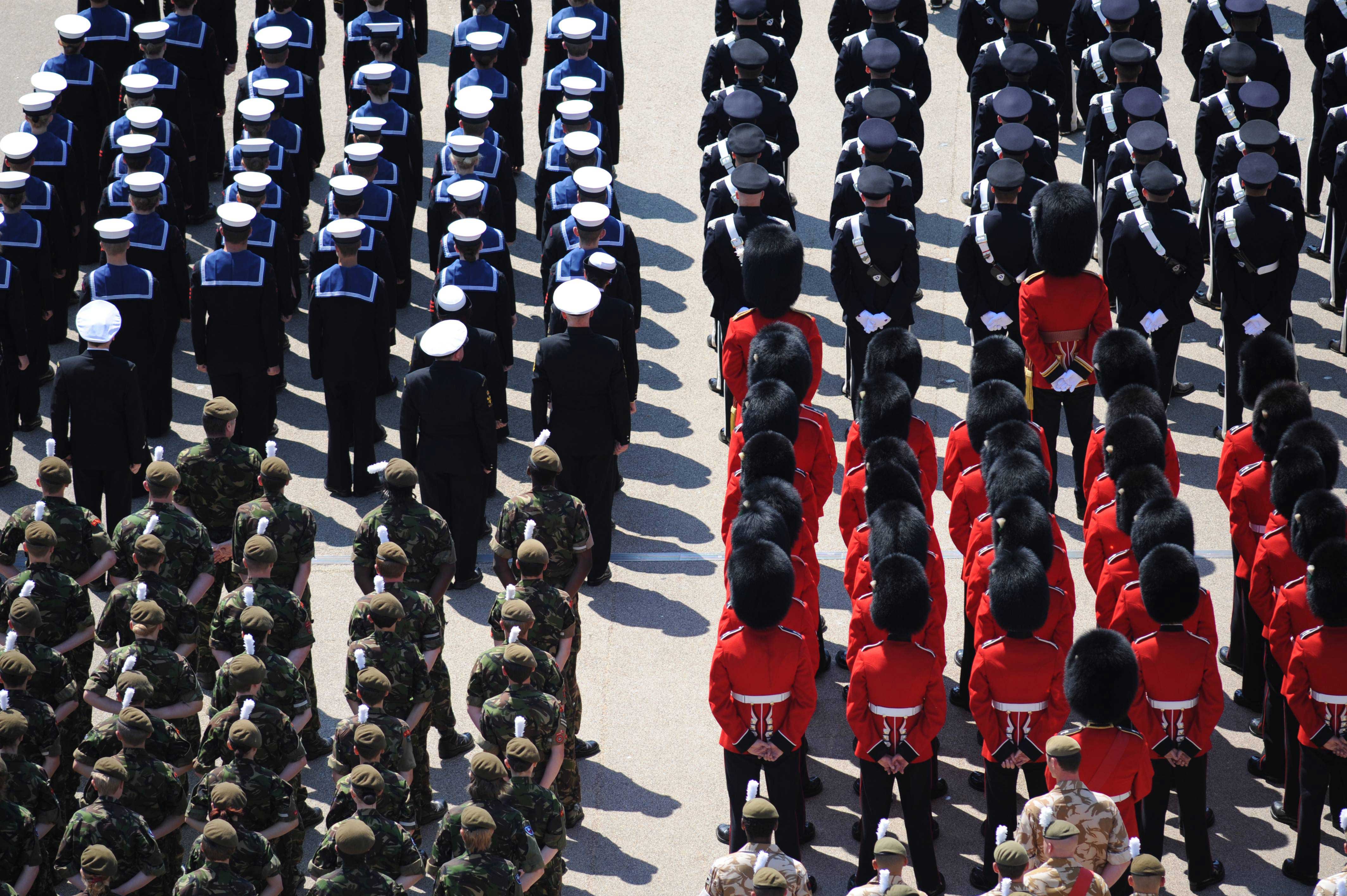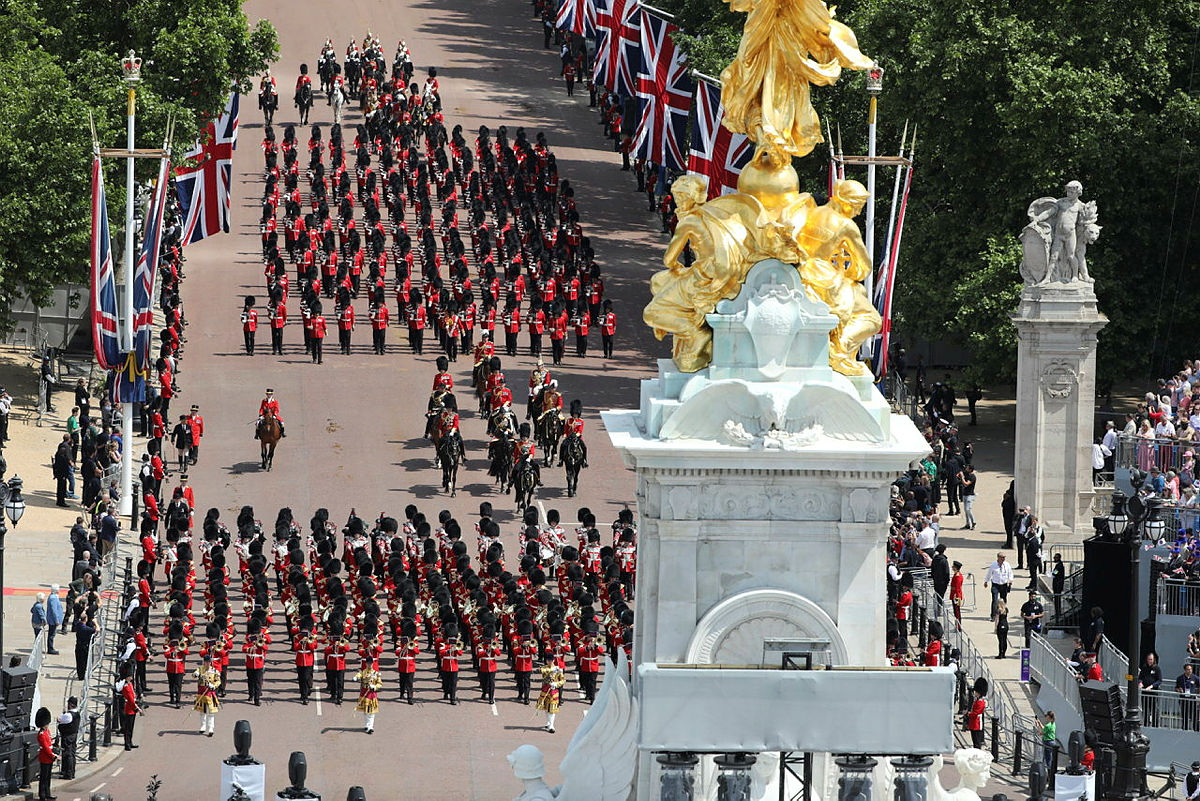The Duke of Wellington’s Regiment was an infantry regiment in the King’s Division formed in 1702 by Colonel George Hastings, 8th Earl of Huntingdon. Originally the regiment was named Huntingdon’s Regiment, as was custom back then, but the name later changed as one Colonel succeeded another.
In 1751 regiments were given numbers, so from that day forward it was called 33rd Regiment of Foot. It wasn’t until 1852, when the Duke of Wellington died, that Queen Victoria ordered the regiment’s title be changed to the 33rd (or The Duke of Wellington’s) Regiment.
In 1881, the 33rd regiment was linked with the 76th Regiment of Foot who shared their depot in Halifax. It was after this that the two regiments respectively became the 1st and 2nd battalions of the Duke of Wellington’s Regiment. By 1948 the two regiments were amalgamated into one battalion.
Following further mergers in 2012, the battalion was renamed the new 1st Battalion (1 Yorks) of the regiment. Nine soldiers from the Battalion have been awarded the Victoria Cross medal, and Corporal Wayne Mills became the first recipient of the Conspicuous Gallantry Cross in 1994.
During the regiment’s early days its soldiers wore red lined coats with yellow breeches. It wasn’t until the 18th century that the coats had red facings with white linings which showed in the turn-backed skirts. The regiment was known for being unusual with its collars, cuffs and shoulder straps as they were also red. Most regiments had facings with contrasting colours. Officers in the regiment were distinguished by silver buttons and braid until 1830 when it was changed to gold. The badge of Duke of Wellington was worn by the regiment after 1893.
The Honorary Colours for the regiment were 6 foot 6 inches by 6 foot. On the 31st of March 2007 the Regulation colours were taken out of service and are now laid up in Halifax Parish Church. The Mayor of Halifax inspected the troops at the short ceremony.
Various Battalions from the Duke of Wellington’s Regiment have served in most land conflicts since its formation, including: the Battle of Passchendaele, the First World War, the Second World War, the Battle of the Somme.
We stock some items for the Yorkshire Regiment on our website. Click here
Image courtesy of Richard Harvey.




